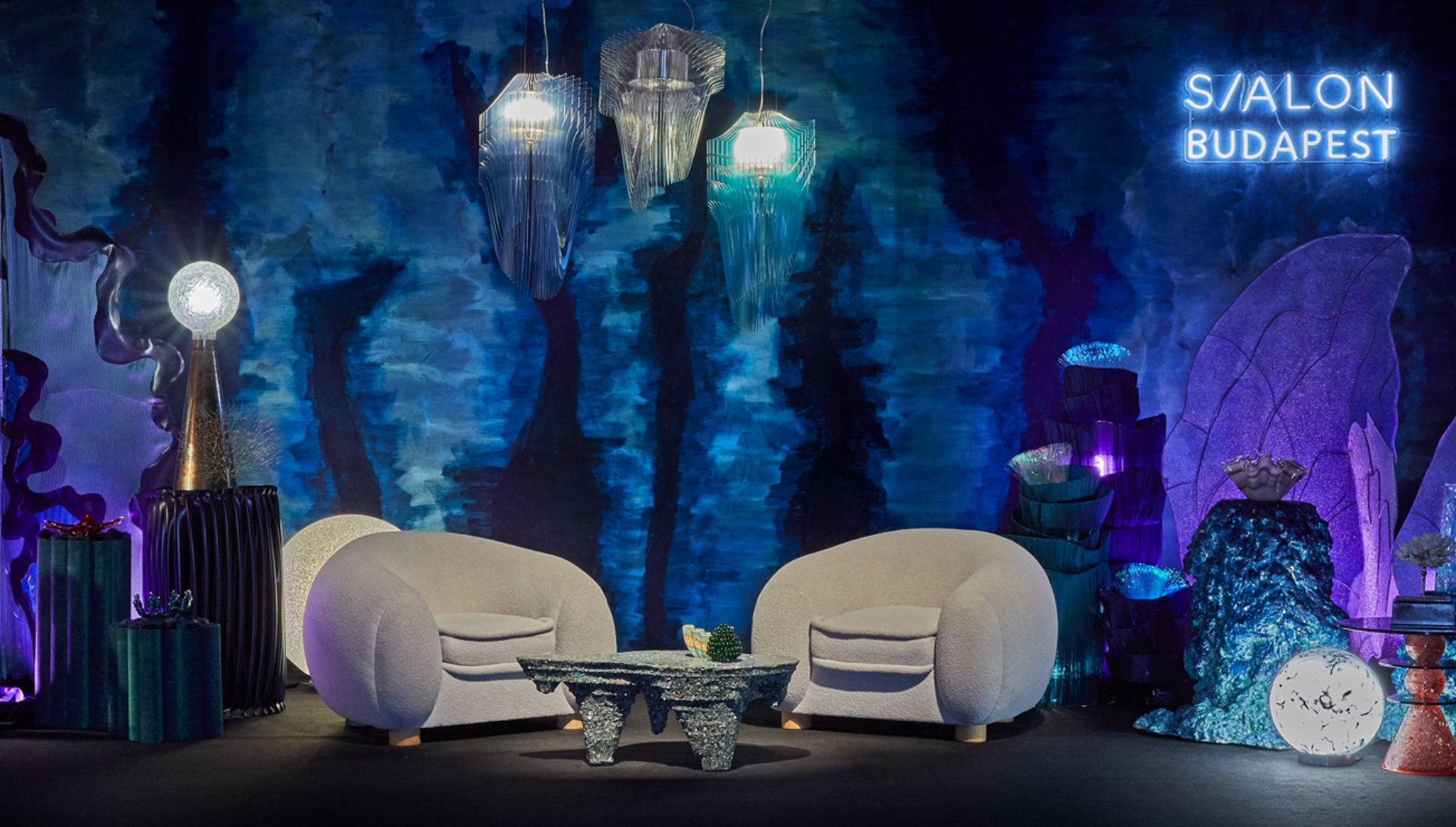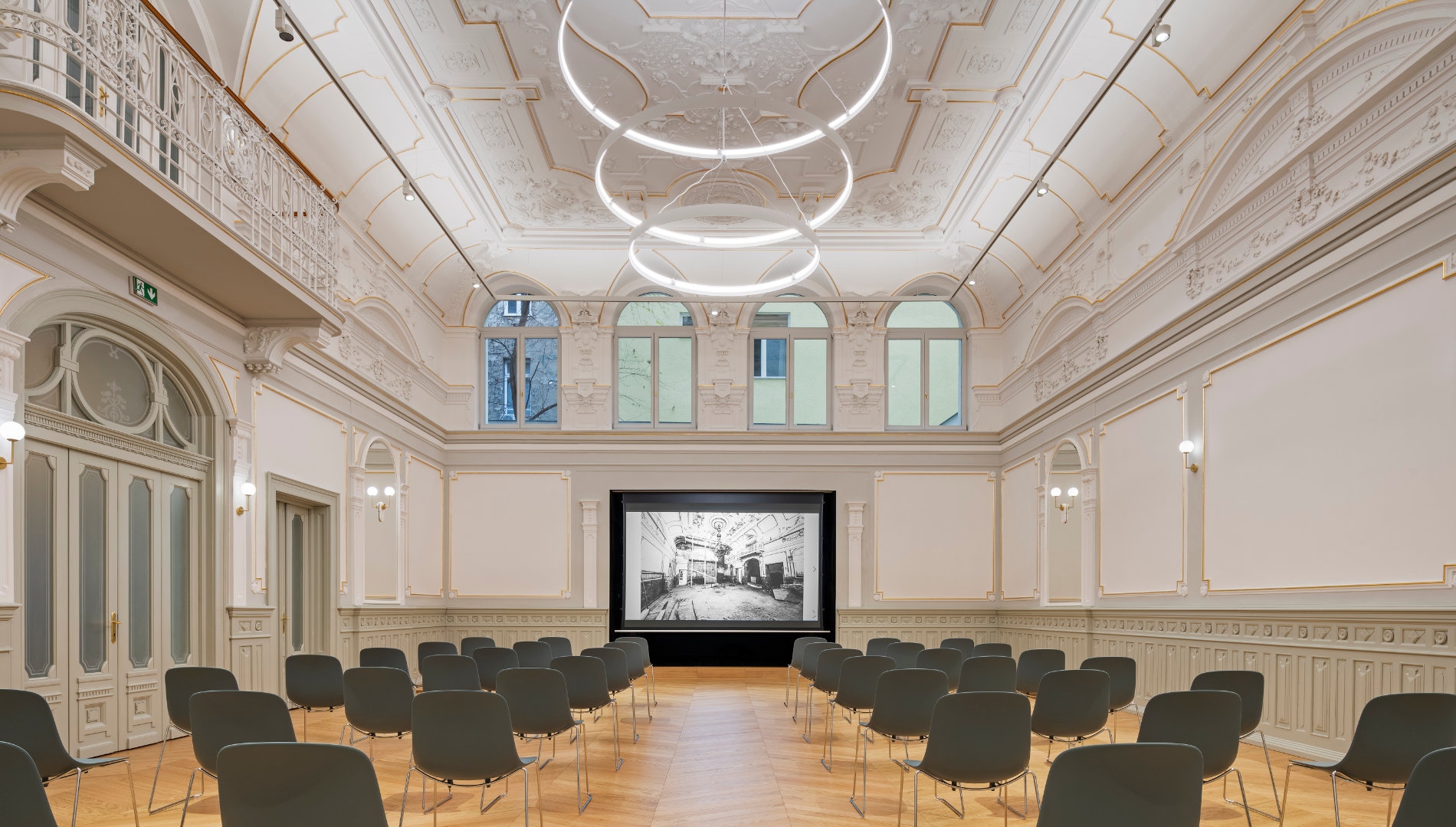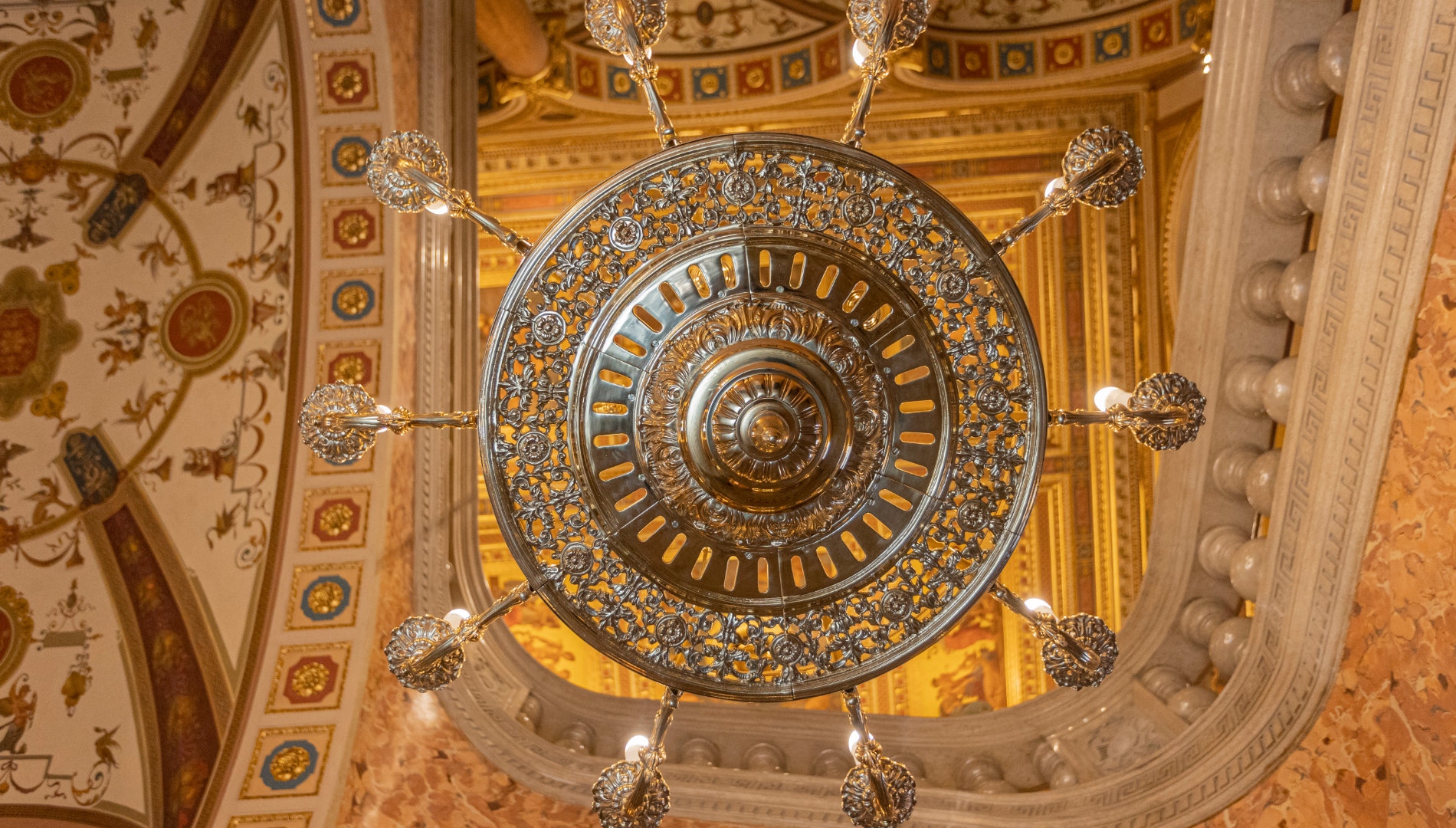
Handcrafted lamps or unique jewelry?
Patinás has been producing exclusive handmade lamps since 1981.
Thanks to the impeccable use of materials and meticulous craftsmanship, their premium quality products are not just light fixtures, but rather magnificent jewels of space. The lamps, which exude a timeless elegance, are made in the factory in Hungary and find homes in private homes and public interiors in countries from the United States to Hong Kong, from Ireland to the United Arab Emirates.
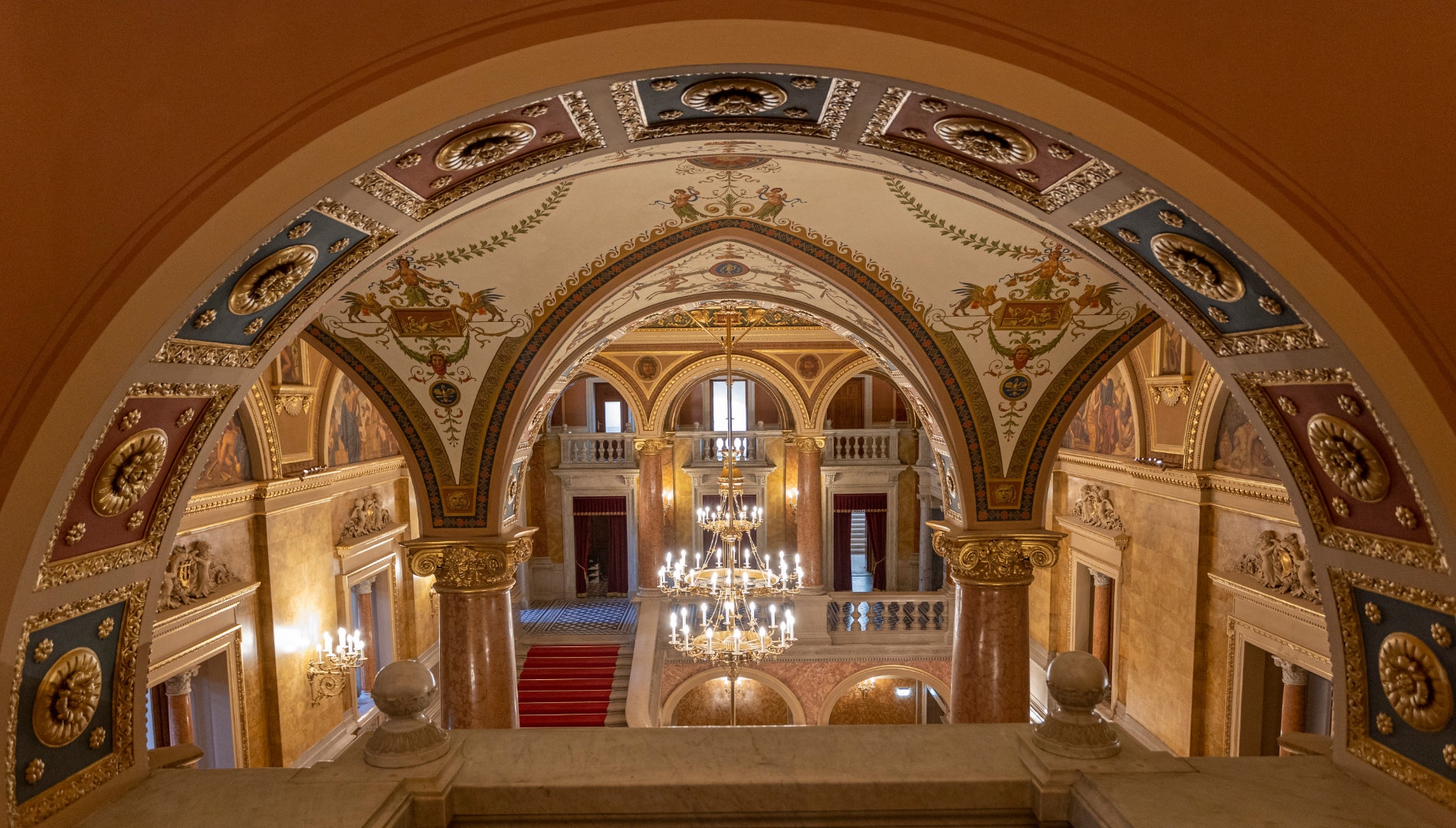
Each of the nearly 700 Patinás lamps is made of brass, and the elements are soldered together using industrial silver, which lasts forever, so you can plan for up to 100 years. But that’s just a slice of the values that make the brand special. At this year’s S/ALON BUDAPEST, we welcome Patina Lamps as exhibitors for the first time. To celebrate this occasion, we explain in detail the key to the brand’s popularity and the secret of its success. Read our interview with Csaba Károlyi, Managing Director of Patinás, to find out more about the manufacturing process of the lamps, the inspiring collections and what they are preparing to put on show at this year’s event!, including a new innovation that’s being called an interior designers’ dream.
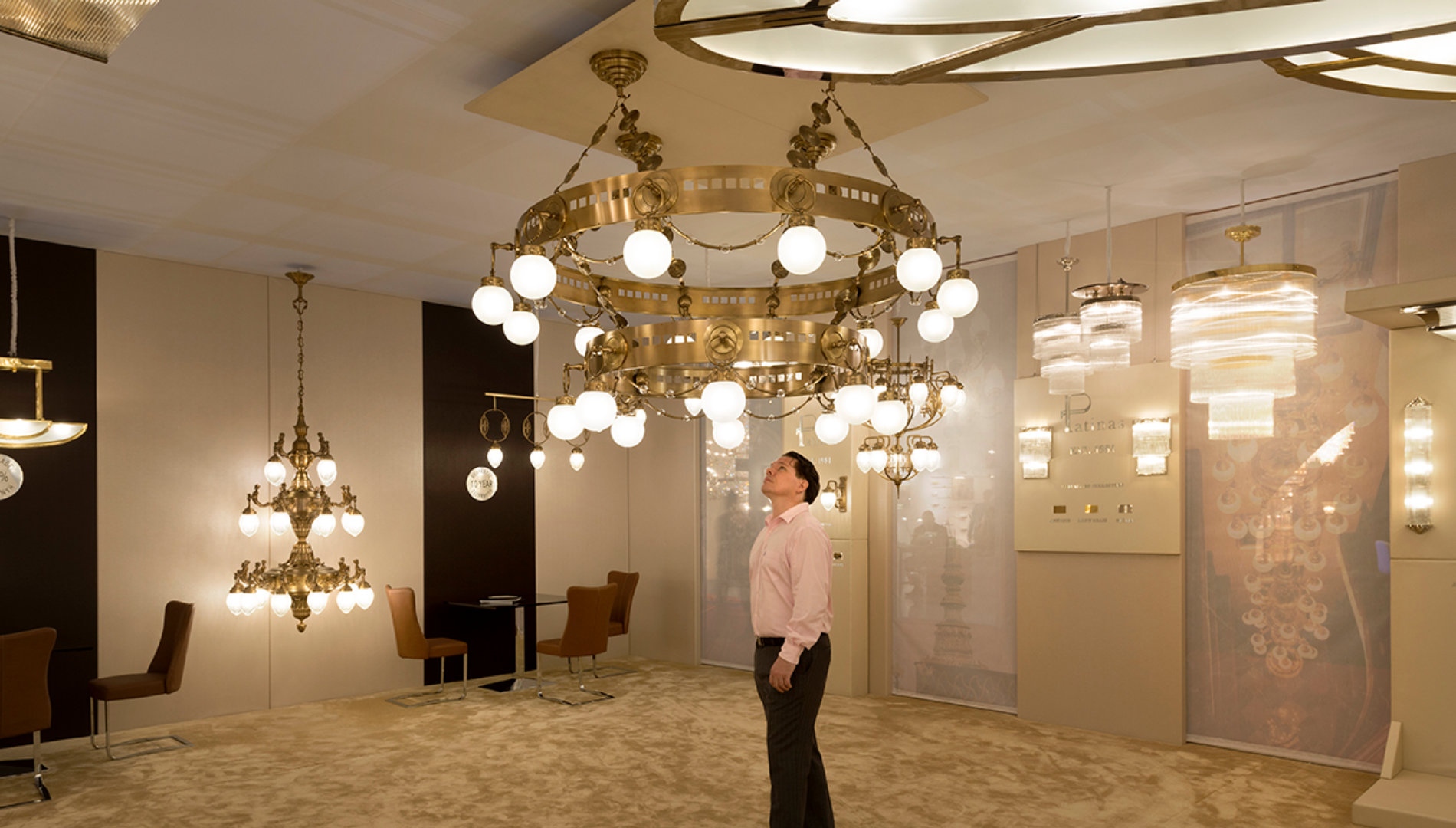 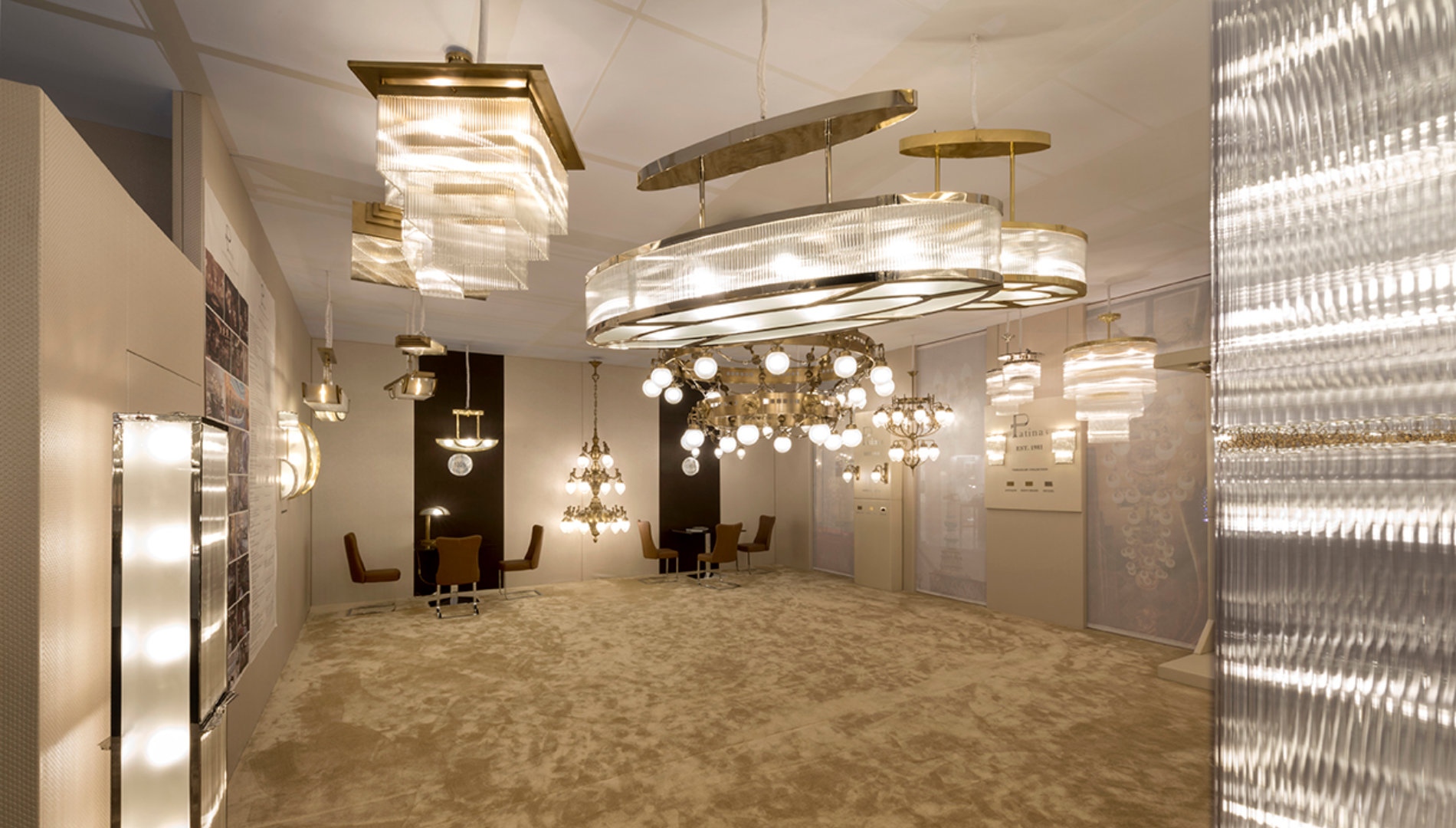 |
How was the journey leading to today, when your lamps are now decorating impressive spaces all over the world?
In two words: long and bumpy! The story began in 1981, when I was a child. My father had a particular passion for finding old, vintage chandeliers and lamps at auctions and fairs. At first we just restored them, but soon they became our vocation and within 5 years we started our own production. In its current form, Patina Lamps has been present on the domestic market since 2000 and on the international market since 2008, during which time we have participated in numerous exhibitions. Our lamps have been exhibited in Paris, London, Abu Dhabi, Dubai, New York, Las Vegas and in the two most prestigious European design hubs: Milan and Frankfurt. A lot of work and perseverance has led to our current position, we can proudly say that we’re relatively well-known.
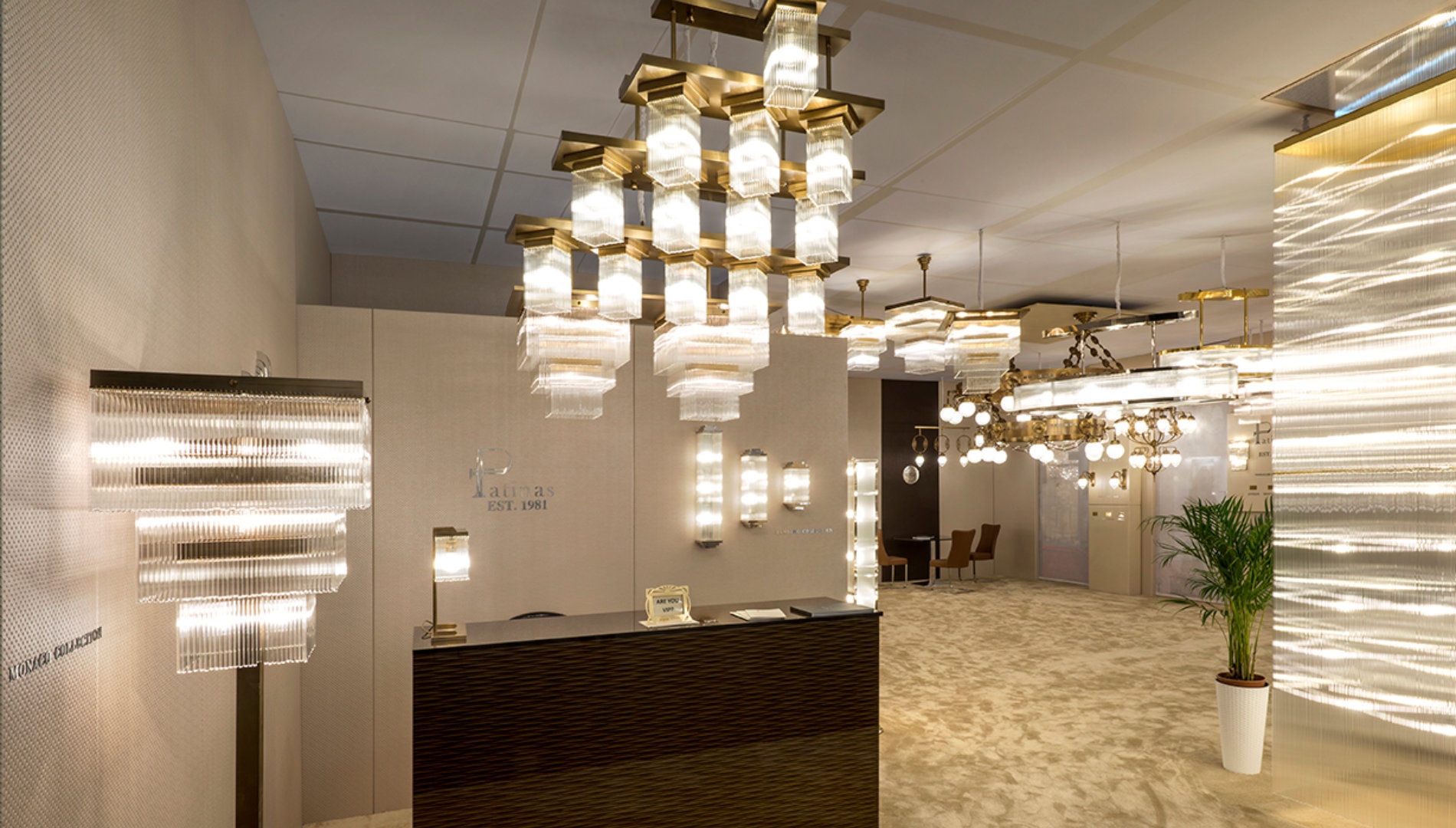
Your lamps can be found in hotels, restaurants, private homes and even churches. Which of your references from the past years are you most proud of?
Among our Hungarian references, the Hungarian State Opera House is one of our favorites, where we have remanufactured or refurbished a total of 73 lamps to jewel quality.
This means that the designs are jewel-like in their intricacy in detail.
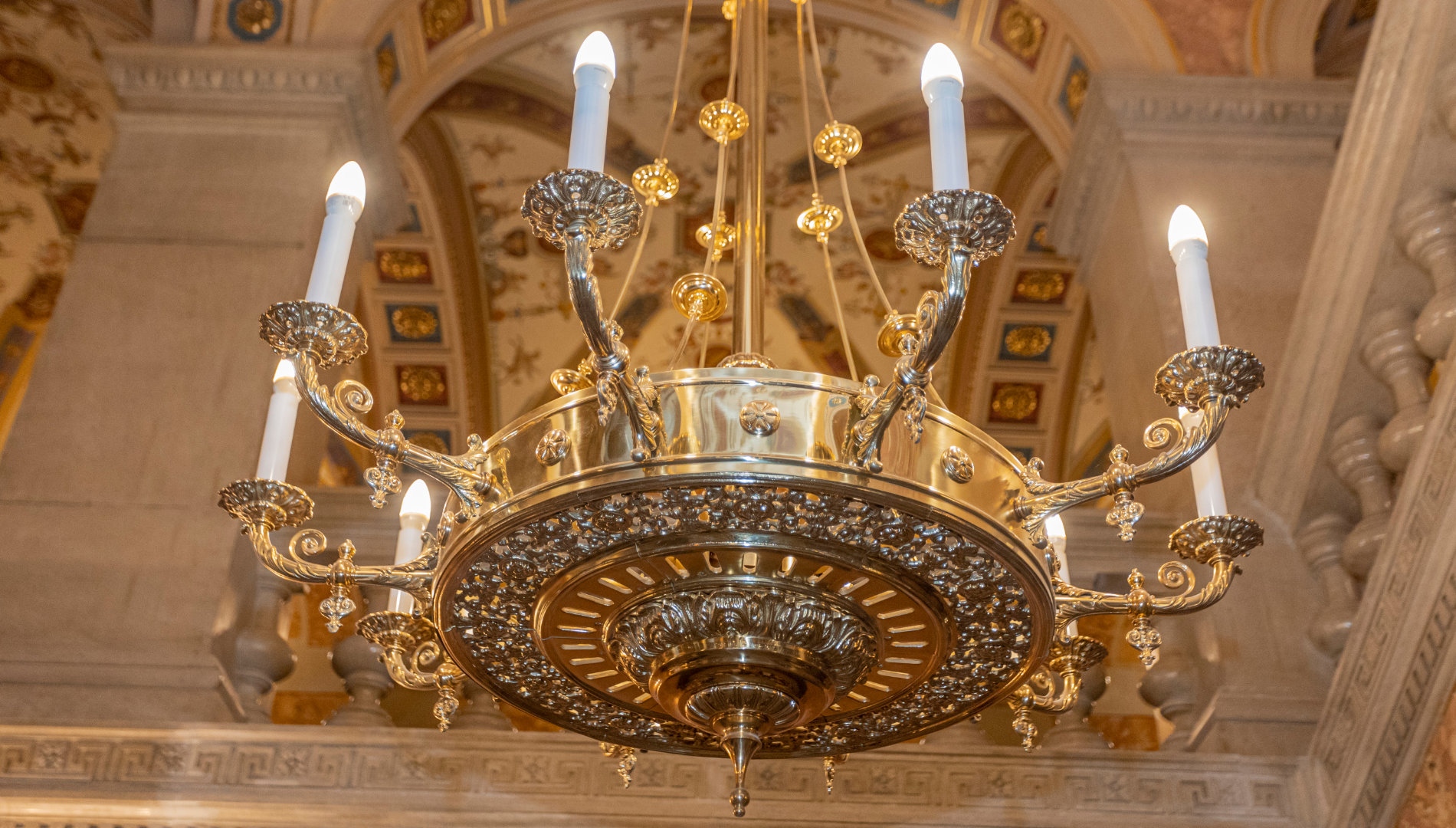
The other is the Boardroom of the Hungarian Money Museum, where the uniquely designed lamps are truly impressive, 4.4 meters wide pieces. The lamps are based on designs and models by Noémi Ferenczy Prize-winning Orsolya Székely, and are accurate to the millimeter. The special feature of the lamp, besides its uniqueness and perfect craftsmanship, is its luminous surface, made of alabaster with crystal prisms running along its length.
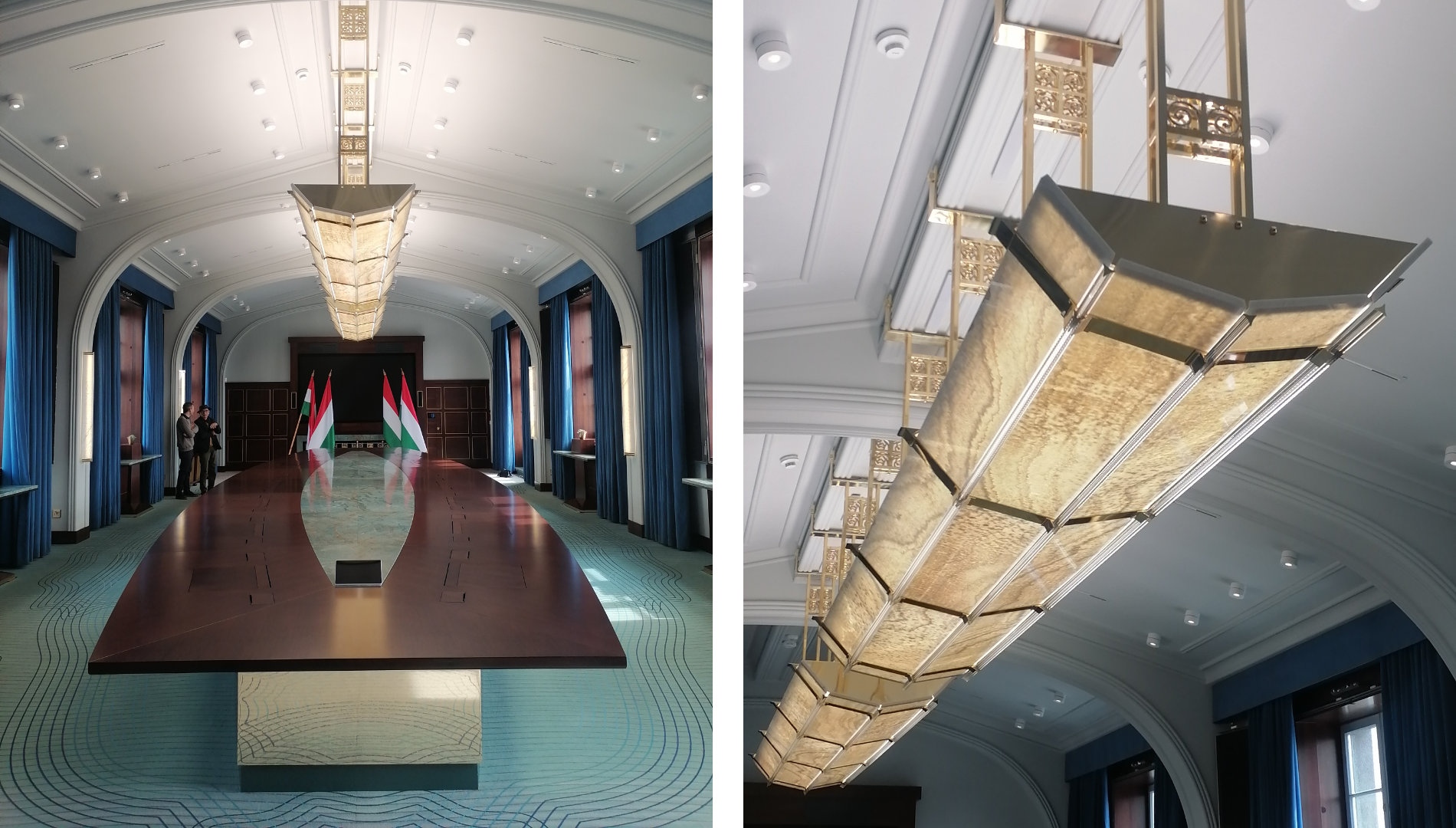
The unique Patina lamps are handmade, just like jewelry. Are there any restrictions that the customer has to comply with, for example in size or detail?
Although there are no limitations, there are reasonable solutions. The products we currently design and manufacture can always be bigger, wider and more unique, given that all 700 of our products are available in 5 colors. Almost no two are ever the same, with countless variations possible within a given style. Naturally, if you can’t find what you want, it is possible to customize, but bear in mind: this is a very time-consuming and expensive process.
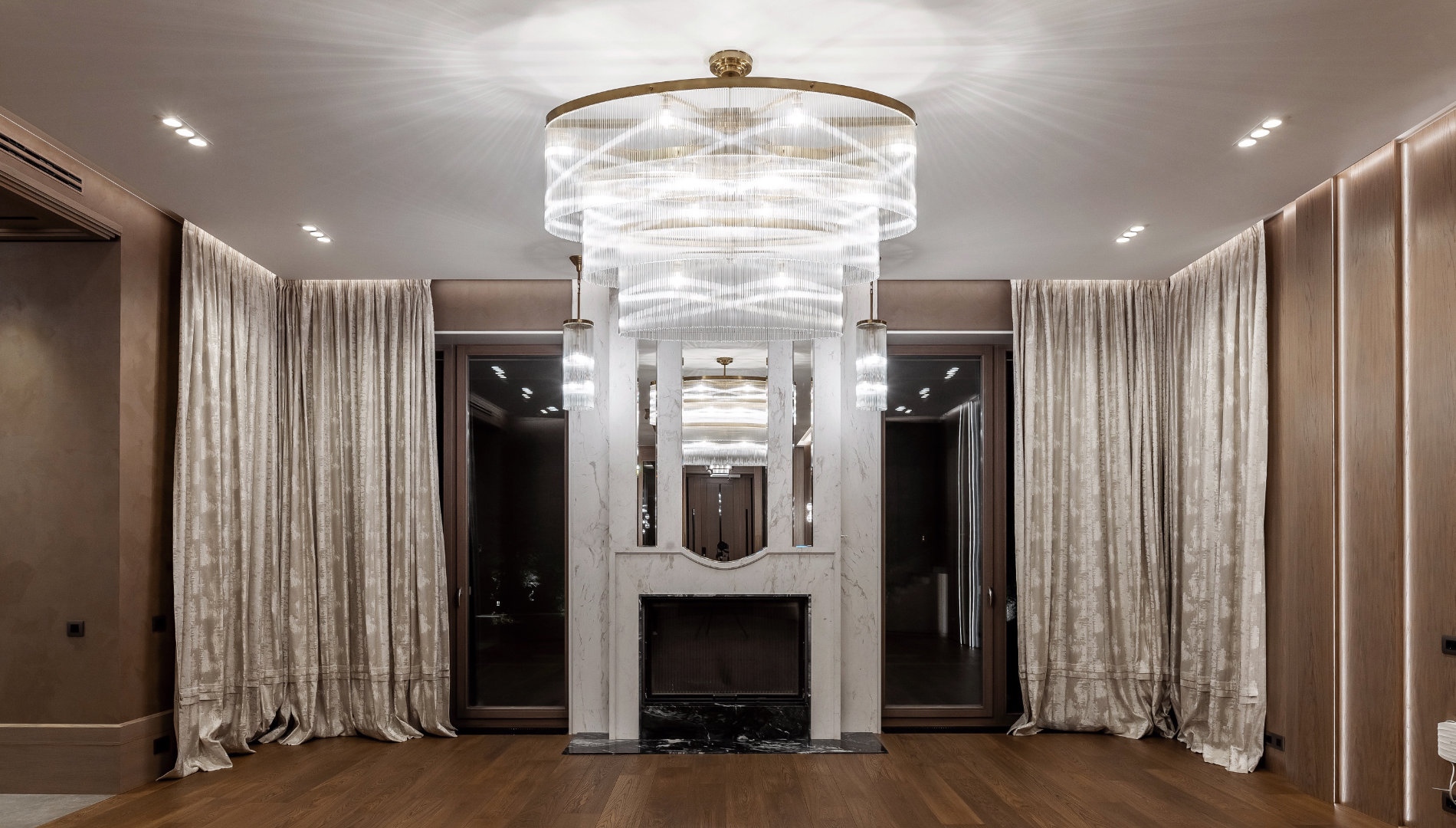
What are the steps in the birth of lamps?
Basically, each lamp is made in 16 stages, not counting the making of the samples and other tools needed for production. If, for example, the metal stamping or casting tools are already available, the production process consists of the following steps: copper casting, grinding, milling, filing, turning, multiple grinding, metal stamping of sheet metal parts, soldering of pieces with silver, bending, glass parts, polishing, antiquing or nickel plating, surface treatment and electrical wiring, and finally quality control and packaging.
In short: child’s play!
What does premium material use mean in practice?
The material is essential, as there is a huge difference between, for example, copper castings. The result of traditional casting technology is a very fine material. For high-volume production, however, gravure printing is commonly used, which is much faster and cheaper, but it is brittle because it is made by pressing copper powder. When damaged, it cannot be repaired, so a product bought at a high price will sooner or later end up in the bin. In one case, a lamp bought from us 30 years earlier, which had fallen from the ceiling during cleaning, was brought to us for repair. Naturally, we made it new, to the customer’s delight.
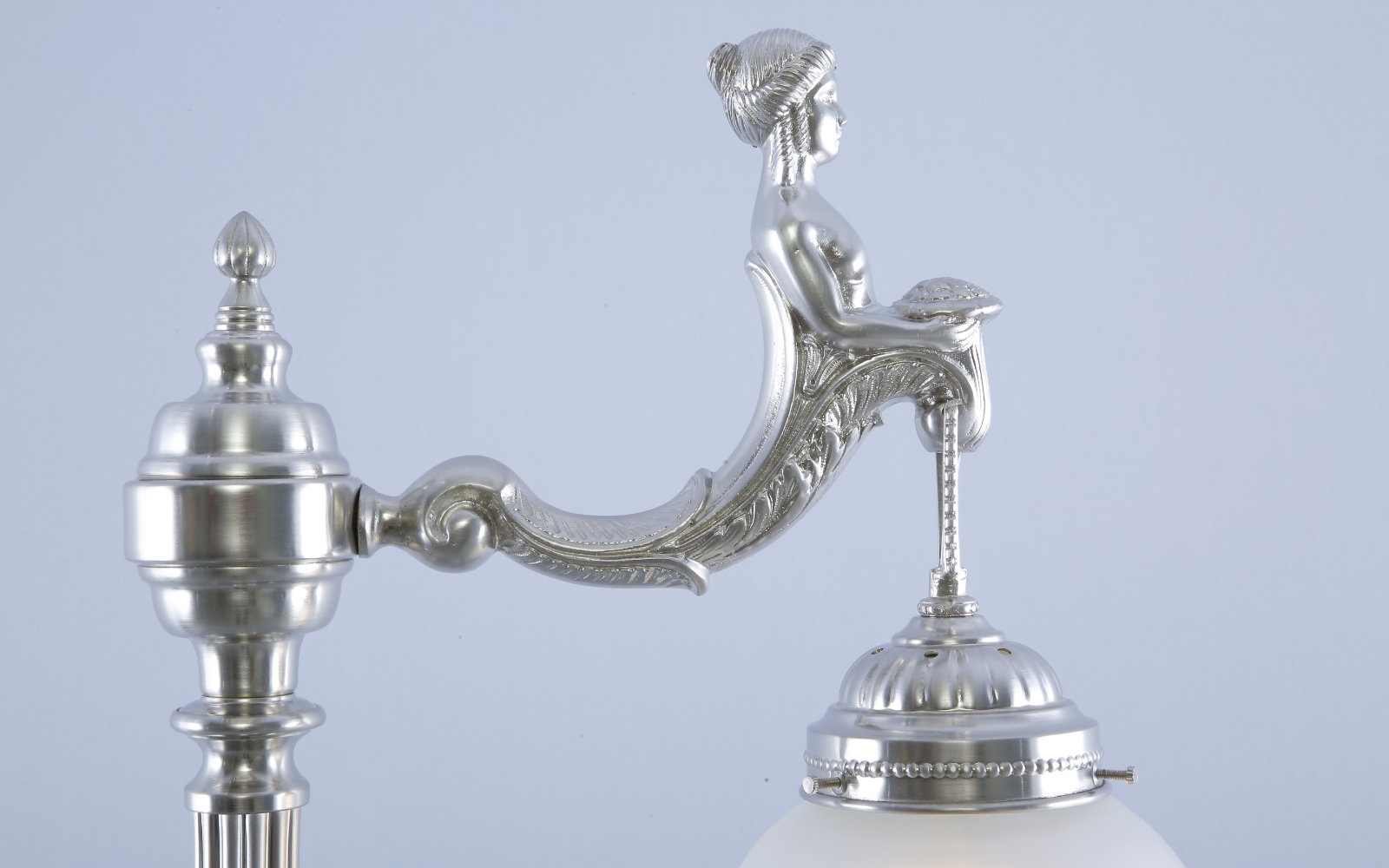
The glass drums are made in Italy using Murano technology from clear, transparent glass, the quality of which is incomparable to the glass from the East. And our art-deco lamps are not made from sheets of glass, as many people think: they are made from individually soldered, translucent glass tubes or solid glass rods. The list of examples goes on and on, right down to plastics, which we leave out of the manufacturing process completely, with the exception of the wiring.
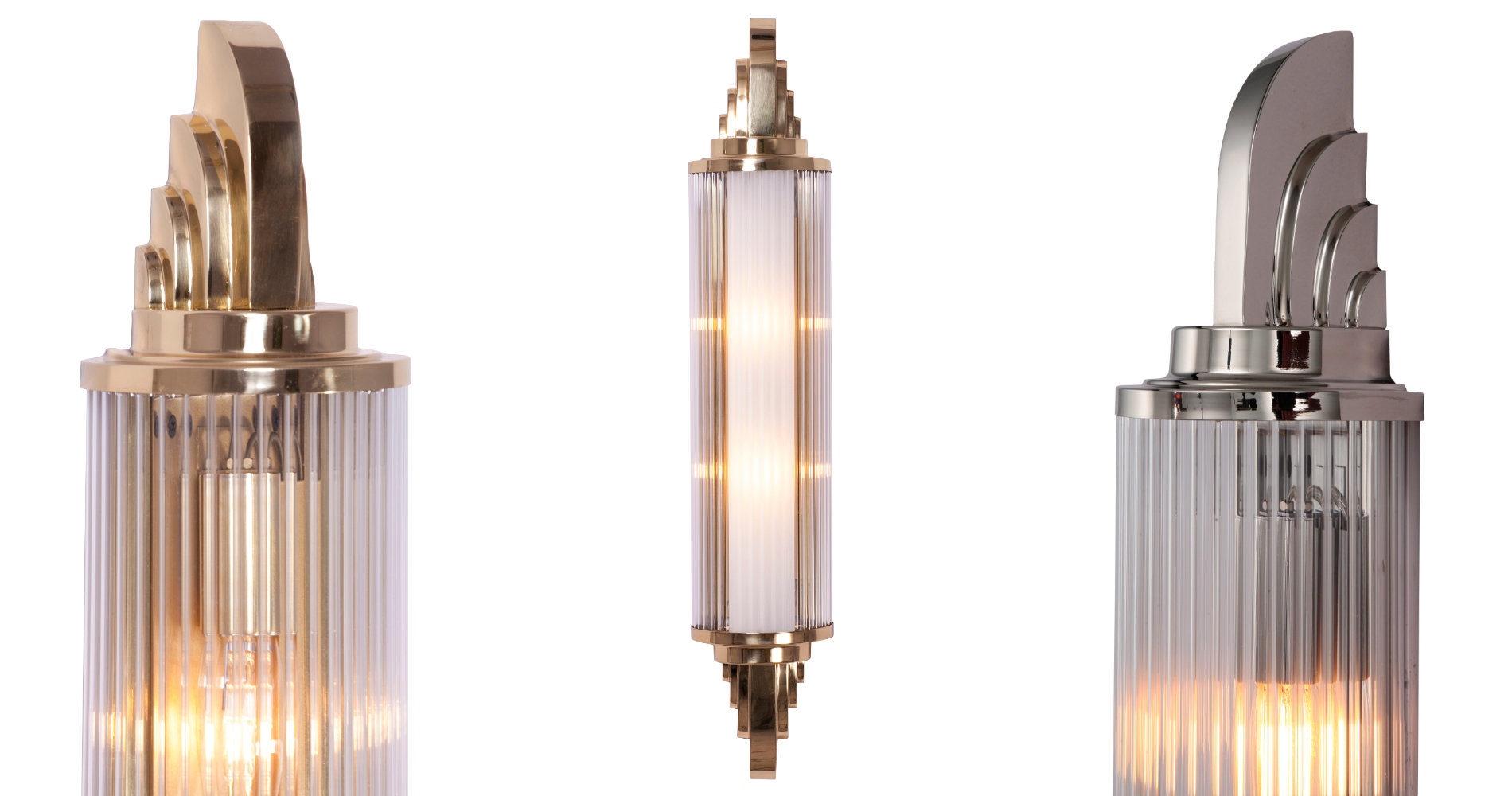
The products are cataloged by style, but some collections are named after cities. What should we know about these concepts?
The names can refer to the origin of the style - the Wiener family, for example, represents a traditionally Viennese style from the 1910s and 20s - or even to the city in which the first piece of a particular model was made. Names that refer to a design style can evoke famous designers, for example our Hoffmann family pays homage to Austrian architect and designer Josef Hoffmann. Of course, we also have fantasy names, like Primavera from 2019, which embodies a sense of renewal.
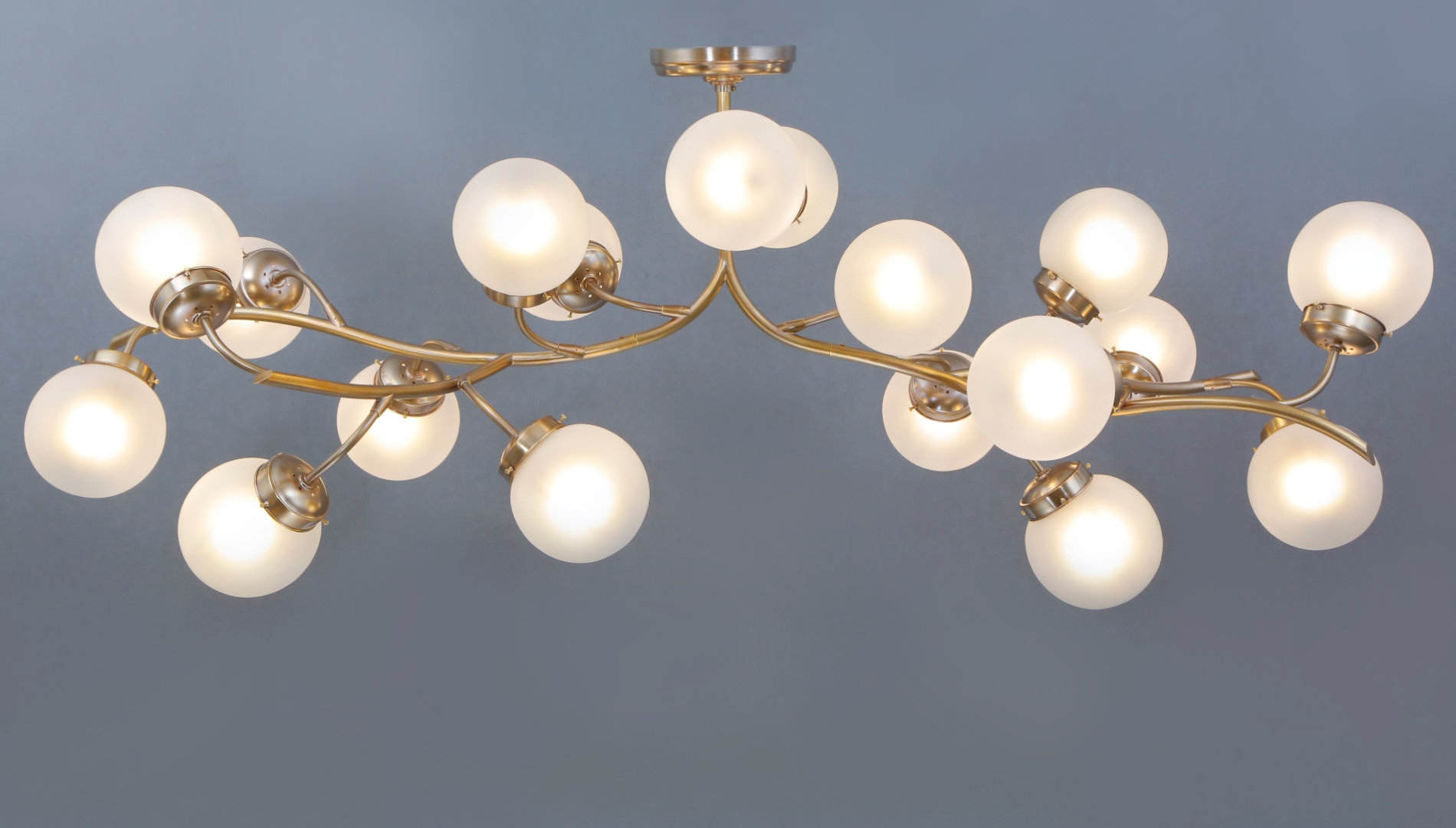
What are your most popular, best-selling product categories?
It’s difficult to give a clear answer to this question, as we have a very wide range. Anyone who is looking for something special and beautiful, who also has the means and the willingness to pay more for quality than they would for items from the Far East, will find what they are looking for. If I had to pick one style, it would probably be art-deco, which is still slightly more popular with buyers.
What is your latest novelty, what new products are you planning to introduce in the near future?
We are trying to create new models according to modern expectations, so we will be constantly releasing fresh compositions in the coming years, keeping the current use of materials, originality, quality and sustainability. We don’t believe in disposable products, we don’t believe that if the light source in a luminaire is broken, the lamp is unusable, which is unfortunately usually true for cheap products.
We call our latest model "the interior designers’ dream", and we will showcase it at the exhibition.
At S/ALON BUDAPEST you’ll have two interiors - one art deco and one mid-century. What can visitors expect in these spaces?
In the art-deco interior, we’ll have a selection of French art-deco lamps. Nearly 300 of our 700 products belong to this popular and very elegant style, reminiscent of the Great Gatsby era. While we can’t show all 300 at the show, you can see at least half of them live in our showroom.
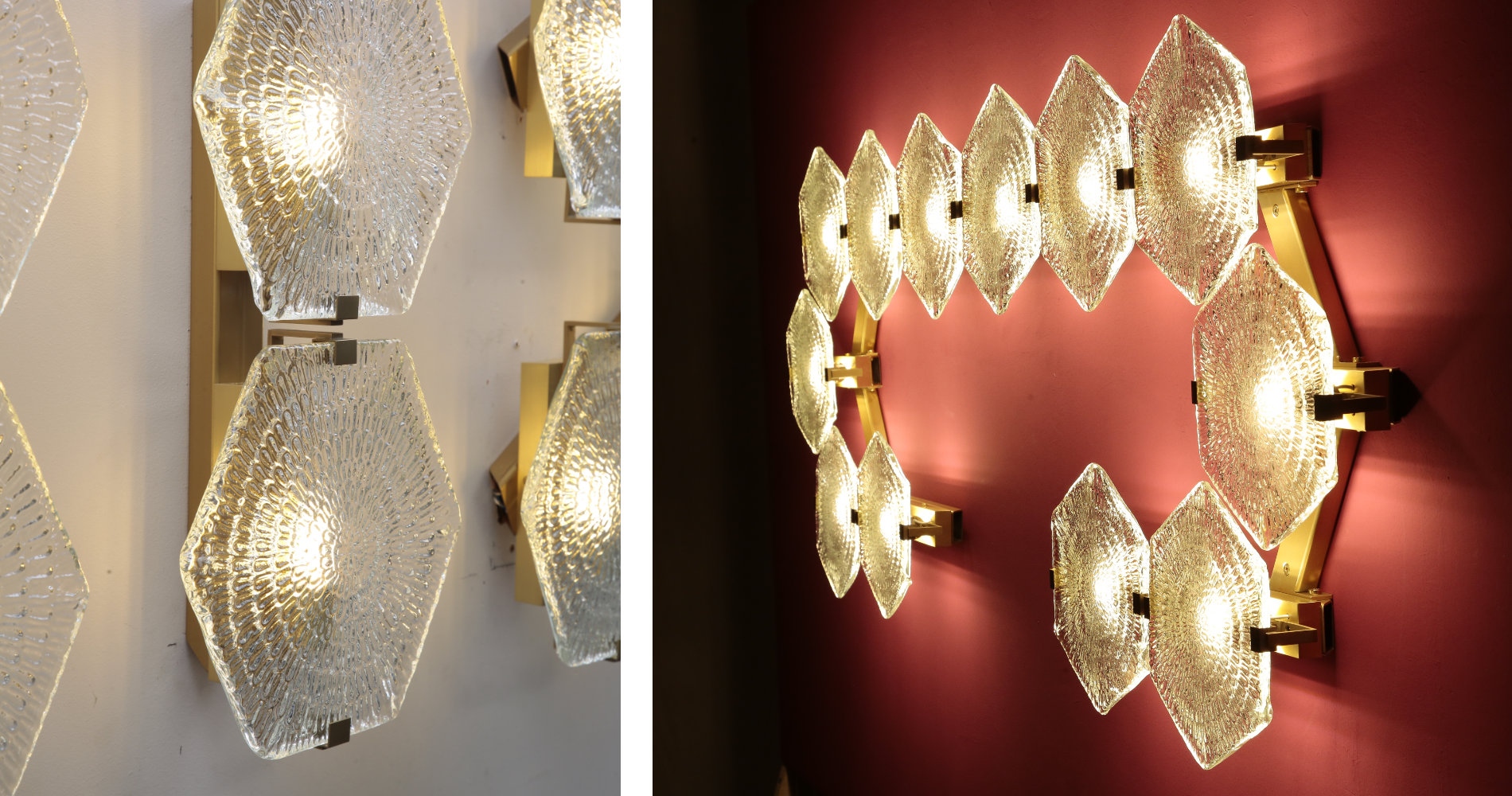
The range of products to be shown in the mid-century interior is completely new to the repertoire. Let’s call it the interior designer’s dream. The metal parts will be available in three colors - gold, silver and black - as standard, but they can also have a completely unique color scheme finish, from pink to green. That’s not what’s really unique about it, nor is it the crystal clear, transparent glass, although that’s not common either! It’s made in Italy, hand-flattened into a mold developed for us with a unique pattern, so the thickness and finish of the glass varies - some is 15mm thick, some 18mm. While it’s handcrafted, the shape and slightly rustic pattern on the glass is permanent.
Interior designers’ dreams come true thanks to the shape of the glass and the greatness of the support structure, which makes it easy to create a lamp of any size – even up to 7 or 10 meters – or shape: a heart or an apple, a large tree, words, names, thoughts are also realizable.
The only limit is space – and imagination.
An extra advantage is that any lamp made as a wall bracket can be a pendant or even a fully ceiling-connected lamp. There’s no need to redesign or remanufacture, just place it where you want it.
This year you are focusing on S/ALON BUDAPEST instead of Milan. How so?
For ten years before the pandemic, we were regular exhibitors at grand, prestigious events in Milan, Frankfurt and even New York. Because of the pandemic and the war situation that followed, we thought that the attendance at the Milan show would not be significant enough, so we did not go abroad. Luckily, S/ALON BUDAPEST is local and we have heard great things about it. We would like to introduce our new products to the local audience and show that we are also relevant in the field of modern design lamps, alongside our traditional models.
Discover the fascinating world of Patinás at S/ALON BUDAPEST in September at the Budapest Arena! If you don’t want to be left uninspired until then, join us on Facebook and follow us on Instagram!

